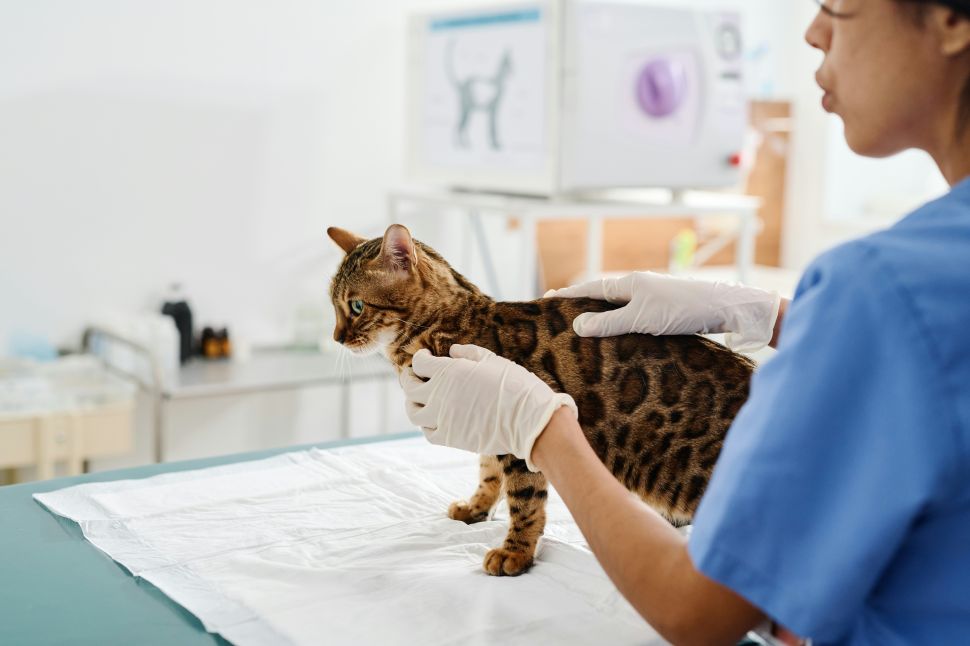Veterinary medicine is transforming, not only in how care is delivered, but in how veterinarians practice. The demands on the profession have never been greater, with clinics overburdened, emergency centers overwhelmed and not enough veterinarians to meet rising demand. Texas, like much of the country, faces a critical veterinary shortage, and if we don’t embrace solutions that maximize our workforce, access to care will continue to decline.
One of the most effective ways to address this challenge is to modernize Texas’ outdated laws on veterinary telemedicine. Telemedicine is not a replacement for in-person care—it is a tool that expands how and when veterinarians can serve patients. It provides flexibility for veterinarians who want to practice in a way that fits their skills, lifestyle and patient needs while ensuring that animals receive timely medical attention. Many states have already embraced telemedicine, but Texas has not.
The veterinary profession has changed significantly in recent years. Today, pet ownership is at an all-time high, with nearly 60 percent of households owning at least one pet; yet there aren’t enough veterinarians to meet demand. Texas scores only 36 out of 100 in veterinary accessibility, when looking at issues like income, transportation, language and number of veterinary hospitals—with many rural counties lacking even a single veterinarian. Veterinary ERs are overcrowded, general practice vets have weeks-long waitlists and burnout is driving professionals out of the field entirely. The weight of these challenges falls directly on veterinarians, whose workloads have become unsustainable. The system simply cannot continue operating the way it has been.
For decades, veterinarians have used some form of telemedicine—answering after-hours calls, advising on pet poison hotlines and offering guidance via photos and videos. Technology has evolved, allowing us to integrate virtual care more effectively into modern practice. Yet Texas law still blocks veterinarians from establishing a veterinary-client-patient relationship (VCPR) virtually, even when doing so would improve access to care.
In September 2024, the Fifth Circuit Court of Appeals ruled that Texas’ ban on virtual VCPRs is unconstitutional. The court highlighted the inconsistency of allowing human doctors to establish a telemedicine relationship with patients, while veterinarians remain restricted. Other states, including Florida and Arizona, have already modernized their laws, allowing veterinarians to use their professional judgment in determining when telemedicine is appropriate.
Veterinarians deserve the flexibility to deliver care in ways that align with their expertise, personal circumstances and the needs of their patients. The ability to see patients remotely, when appropriate, reduces unnecessary clinic congestion, helps veterinarians reach underserved areas and provides a lifeline for overwhelmed practitioners. This is especially true for veterinarians who prefer a non-traditional practice model, such as those balancing family obligations, retirement transitions or rural outreach. Expanding telemedicine options also makes the profession more attractive to younger veterinarians, who increasingly seek flexibility in their careers.
Rather than taking business away from in-person clinics, telemedicine helps expand access to care by connecting more pet owners to veterinarians, many of whom might not have sought care otherwise. Instead of replacing hands-on visits, telemedicine works alongside them, ensuring that in-person clinics can focus on the cases that truly require physical exams and procedures. Research suggests that telemedicine can actually increase patient volume by addressing minor concerns early, preventing them from escalating into more serious health problems.
Three national veterinary industry forums in 2022 brought together experts to discuss telemedicine’s role in veterinary practice. The vast majority of participants agreed that a virtual VCPR is both feasible and beneficial when supported by appropriate safeguards, such as veterinarians being licensed in the state where they are practicing and requirements that they follow all federal laws related to prescriptions.
Sen. Nathan Johnson and Rep. Janie Lopez have introduced Senate Bill 1442 and House Bill 3364, offering a measured, veterinarian-led approach to legalizing virtual VCPRs in Texas. These bills do not force veterinarians to practice telemedicine, nor do they replace in-person care. Instead, they give veterinarians the choice to use telemedicine where it makes sense—just as physicians do in human medicine.
The veterinarian profession is at a crossroads, where workforce shortages, increasing demand and technological advancements require us to think differently about how we provide care. Telemedicine is already working—it’s time for Texas law to recognize that reality.

